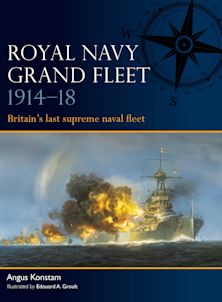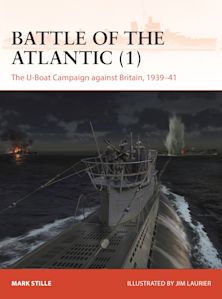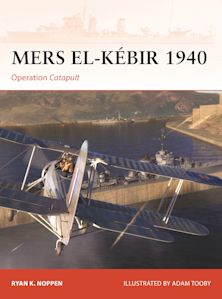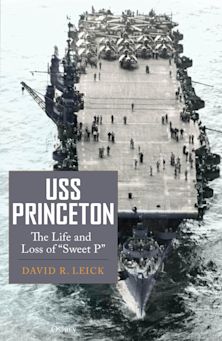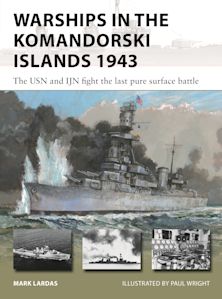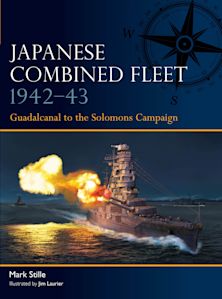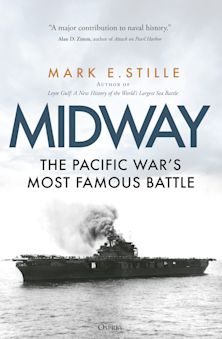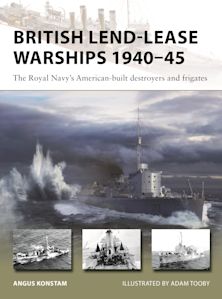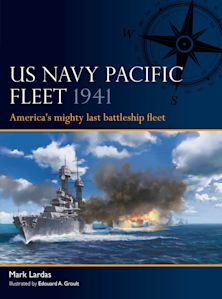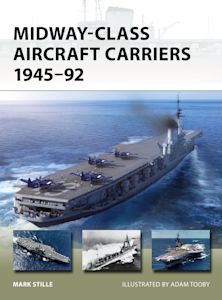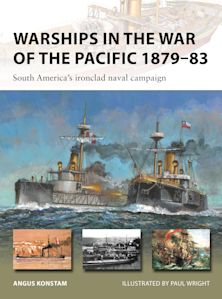British Aircraft Carriers 1939–45
Description
In August 1917, at the height of the First World War, a small biplane landed on the makeshift flight deck of HMS Furious - the first ever carrier landing in aviation history. This small act ushered in a new era. Two decades later, when Britain stood on the brink of another World War, the Royal Navy had a small fleet of aircraft carriers, with several more nearing completion. When war came the newly-formed Fleet Air Arm would demonstrate that what it lacked in modern equipment, it made up for in skill and daring.
The first of these carriers were converted from existing ships. Then in 1938 HMS Ark Royal was launched - Britain's first purpose built carrier. Its design set the standard for what was to come. The "Ark" was followed by the highly successful Illustrious Class, and then by others whose design was modified in the light of wartime experience. British fleet carriers had steel flight decks, and although smaller and able to carry less aircraft that the carriers seen in the Pacific, they were better suited to conditions in European waters. It also meant they were more resilient, and could shrug off damage that would cripple their American counterparts.
Over the next six years these British aircraft carriers would launch attacks against a major Italian naval base, attack the Italian battle fleet on the high seas, and cripple the Bismarck, so that the battleships of the Home Fleet could overtake her. They would also see service in every theatre of war, including the Pacific. Inevitably, their success came at a price. Courageous, Eagle and Ark Royal were torpedoed by U-Boats, Glorious was sunk by the guns of a German battlecruiser, and Hermes was lost to Japanese bombs. Most of the rest of the carrier fleet were damaged to some extent during their service lives, but they survived and kept on fighting.
This New Vanguard title tells the story of these remarkable warships, and reveals the secrets of their design, how they operated, and above all, what they achieved.
Table of Contents
The origins of naval aviation, and the growing importance of aircraft carriers in naval warfare.
Design & Development
The chronological development of these Carriers, and covering modifications made during their operational lives.
Operational History
The service history of 14 Fleet Aircraft Carriers.
Carrier Operation
The way aircraft were handled on a typical British wartime fleet aircraft carrier, including a description the way launching operations were conducted.
Carrier Aircraft
The types of aircraft carried by these carriers, and their relative merits, and touches on the way they were used in action.
Carriers in Action
Three actions involving British aircraft carriers; Taranto (1940), Matapan (1941) and the sinking of the Bismarck (1941)
Bibliography
Product details
| Published | Jul 20 2010 |
|---|---|
| Format | Paperback |
| Edition | 1st |
| Extent | 48 |
| ISBN | 9781849080798 |
| Imprint | Osprey Publishing |
| Illustrations | Illustrated throughout with 40 photos and 8 pages of colour illustrations |
| Dimensions | 248 x 184 mm |
| Series | New Vanguard |
| Short code | NVG 168 |
| Publisher | Bloomsbury Publishing |
Reviews

Resources
Discover More
Visit our exclusive member's website to see artwork, maps, and more from this book.

Resources
Book Vote
Tell us what titles you would like to see published by Osprey, then vote for your favourites in our monthly book vote!














